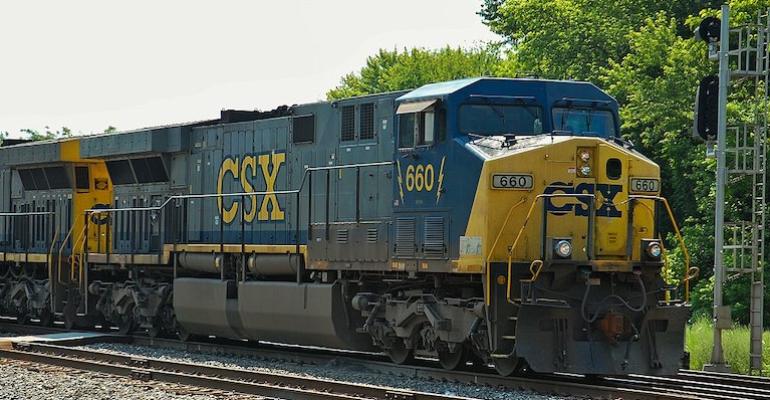Actually, observers close to the market had flagged the potential for a strike several months back, but as the clock ticks closer to a pending deadline, worries have intensified. Maritime lawyer Lauren Beagen, in her “By Land and By Sea” podcast, explained that: “We are on the verge of a major shipping slow down….the future is the past here…rail holds the key.” In a podcast dropped late last week, she said: “There is a very real possibility that there will be a rail strike next week by unions representing 90,000 workers nationwide.”
In mid-July, President Biden at set into effect a mandatory “cooling off period”- but this expires Sept. 16th. Beagen, with a background including in-house legal work at the Federal Maritime Commission (FMC), cited reports by major media outlets that 40% of the nation’s freight could be halted due to a strike- were it to occur. “This is a big deal,” she said.
Equity analyst Jon Chappell, at Evercore ISI, covering a wide group of transport and logistics names in addition to maritime shipping shares, noted that volumes moving on the big roads had been strengthening during Q3, but then offered that: “The spectre of a labour disruption, which nobody really seemed to think would actually happen, is now getting more real by the day as the clock ticks toward the end of the cooling-off period and as rails begin to prepare for shutdowns. At this point, the best-case scenario will be a full agreement with all 12 labour unions before Friday [Sept 16] and only a modest impact to volumes this week, with the worst-case scenario considering a multi-week (or longer) disruption that could set the rails back substantially after months of hard work to getting volumes back to positive territory.”
The impacts of the possible disruption had already started. Analyst Amit Mehrotra, at Deutsche Bank, who covers rail and truckers in addition to the listed ocean shipping companies, wrote: “The industry said it will immediately start embargos on hazardous commodities, but we also expect bulk unit trains, intermodal, and automotive volumes to be restricted as the week progresses. Basically, the industry will begin to shut down midweek to protect freight and rail networks ahead of a potential strike.”
He was quick to add, in a note to investors: “To be sure, if there is a strike, we expect it to be short lived (the last strike in the early 1990s lasted two days before Congress passed a bill banning both strikes and
lockouts, which was then signed by the President that same day). If the Unions strike on Friday [Sept. 16], we'd expect a similar cadence of events: Congress passing a law settling the labour dispute, which most likely will mandate the President's Emergency Board (PEB) recommendations as being legally binding on both parties. It could also extend the cooling period, impose a new and final arbitration process, or create its own compromise.”
Chappell offered a different view, saying: “We were of the view that the timing of mid-term elections and focus on inflation (see that CPI number today?) would mean immediate intervention from
Congress to end any work stoppages and the dire consequences on the US economy. However, discussions with our D.C. policy team, which has been asking questions all over D.C. on this topic, introduces a risk that even if Congress were to act, it would be much slower than many expect given a requirement for bipartisan agreement.”
The Class 1 railroads in the US are:
Burlington Northern
Canadian National
Canadian Pacific
CSX
Kansas City Southern
Norfolk Southern
Union Pacific
Copyright © 2024. All rights reserved. Seatrade, a trading name of Informa Markets (UK) Limited.
Add Seatrade Maritime News to your Google News feed.  |

